
views
Measuring Hand Circumference
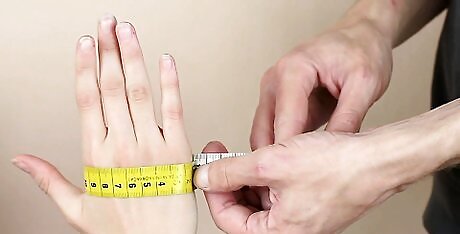
Measure the hand. Wrap a fabric-measuring tape around the hand at the fullest part, where your fingers meet your palm. This usually stretches around from the outer side of the palm (just below the pinkie finger) to the inner crook of the hand (between the index finger and thumb). Do not measure the outside of the thumb – just the palm. If you don't have a fabric-measuring tape, just use a string or a long strip of paper. Wrap the string (or other loose length reference) around your palm as you would use a measuring tape, and be sure to mark off where the end of the string meets the looped length. Now, unfurl the string and measure the marked portion with a ruler.
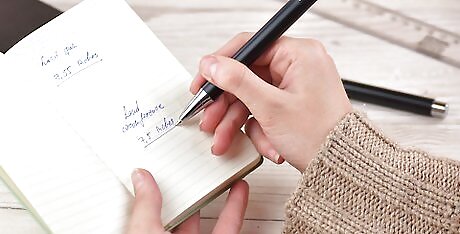
Record the measurement. Read the number at the point where the end of the fabric-measuring tape overlaps with the rest of the length. Adult hands are usually between 6 inches (15.2 cm) and 11 inches (27.9 cm). Kids generally have a hand size between one and six inches. The number of inches of circumference directly correlates to the glove size.
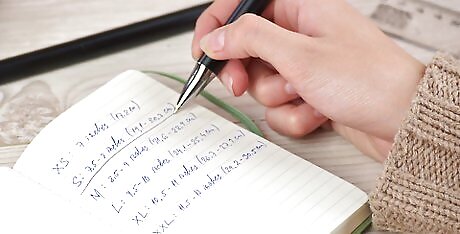
Find your glove size. Once you've measured the circumference of your hand, you can compare the number against the "standard" measurements in order to find your glove size. Review the hand circumferences that guide the standard glove sizes: XS: 7 inches (17.8 cm) S: 7.5–8 inches (19.1–20.3 cm) M: 8.5–9 inches (21.6–22.9 cm) L: 9.5–10 inches (24.1–25.4 cm) XL: 10.5–11 inches (26.7–27.9 cm) XXL: 11.5–12 inches (29.2–30.5 cm)
Measuring Hand Length
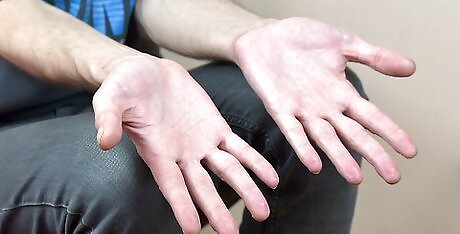
Measure hand length for large hands. If your hands are especially large or long, you may need to use the hand length instead of the hand circumference to find the right glove size. Most gloves are made for hands that are relatively even in length and width. Thus, if your hands are significantly longer than the average hands, you may only fit into the largest glove sizes even if your palms are not especially thick.

Hold your hand up in the air as though you were about to wave. Point your fingertips toward the ceiling.
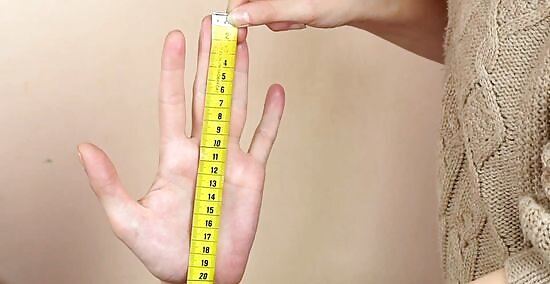
Measure from the top of your middle finger to the base of your palm. The base of your palm is the meaty part where your hand meets your wrist. Write down the measurement. If the length of your hand is longer than the circumference, use this size in inches over the hand circumference. The number of inches corresponds to the size of the glove. If you are measuring your fit for a baseball glove, measure from the tip of your index finger down to your wrist. This number, in inches, corresponds to the listed size of the glove. If you are measuring for tennis racquet grip size, measure from the tip of your ring finger down to the lowest lateral crease of your palm. This is where your palm folds along the thumb-line.
Measuring Hand Span
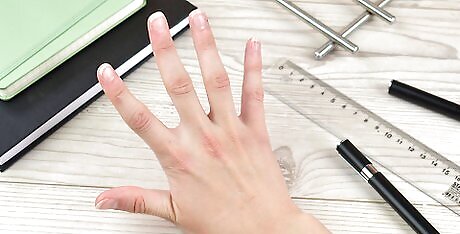
Consider measuring your hand span. This number is typically used as a gauge of natural advantage for sports that involve catching, throwing, tackling, or gripping – notably, for quarterbacks in American football. Hand span is also used to choose the correct size of cello, violin. If your finger span is six inches or wider, then you should buy a full-sized 4/4 cello. If your span is 5–6 inches (12.7–15.2 cm), choose a 3/4 cello; if 4–5 inches (10.2–12.7 cm), pick a 1/2 cello; if 3–4 inches (7.6–10 cm), a 1/4. Bear in mind that height, arm length, age, skill level, and other indices may also be used to decide between cello sizes. Sports camps and sports statistics analyzers use hand span as a handy heuristic. If you are trying to make a name for yourself in competitive football or basketball, you may be asked to report your hand span.
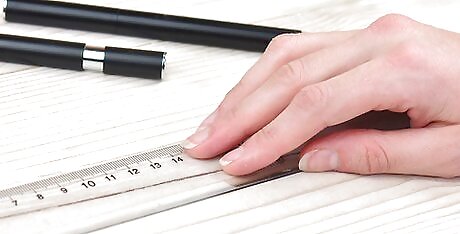
Place a ruler on a flat surface. Tape it to a table if the surface is slick. Make sure that you can comfortably stretch your hand across the space.
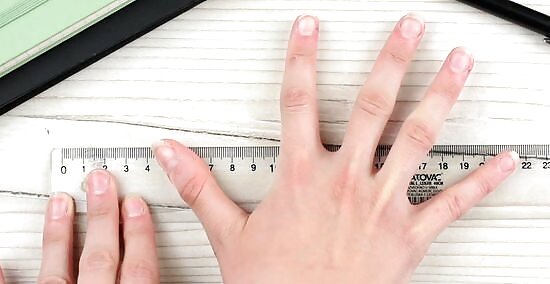
Flex your hand. Hold out your dominant hand, and stretch the fingers as wide as possible. Focus on your thumb and pinkie finger, each pulling at your palm.
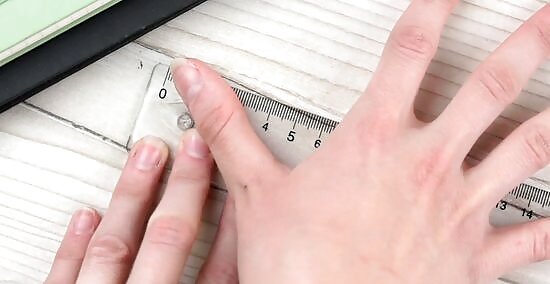
Place the left side of your dominant hand at the zero point of the ruler. The measurement can be taken from your left or right hand, so this can be either your pinkie finger or your thumb. Lay your hand palm-down. Your middle finger should run perpendicular to the ruler.
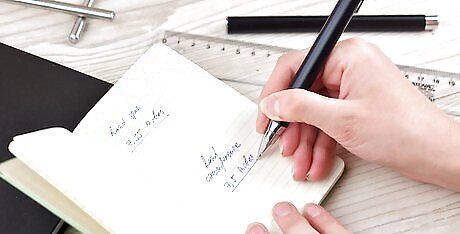
Record your hand span. Measure the point at which the right side of your hand falls on the ruler. You should be able to see the "span" or width of your hand, measured across the thickest point from left to right. For your grip width, measure from the tip of your thumb to the tip of your outstretched little finger.




















Comments
0 comment